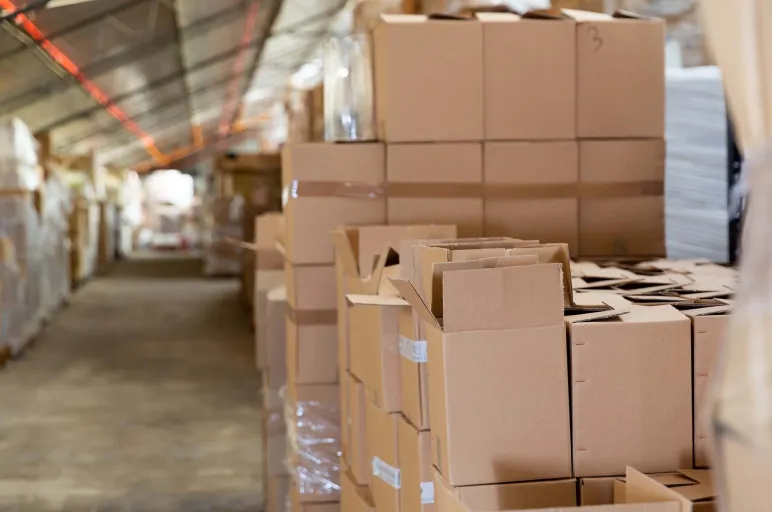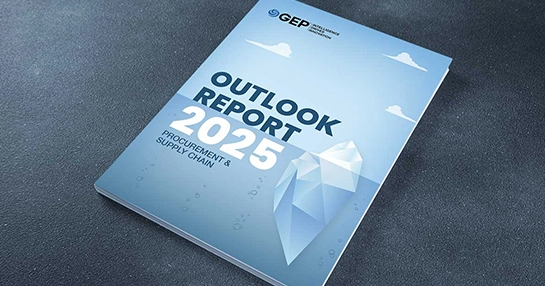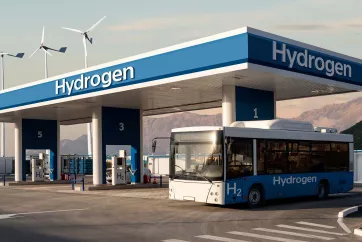
Why Packaging Procurement is Complex (And 3 Strategies to Succeed in 2025)
- Packaging involves multiple components, impacting brand image and integrity.
- Eco-friendly materials are more expensive, adding to procurement complexity.
- Collaboration with suppliers is essential for innovation and cost reduction.
February 03, 2025 | Procurement Strategy
When was the last time you purchased an item in a retail store simply because it was packaged elegantly?
In FMCG, for example, packaging can serve as a key differentiator that makes a product look more attractive than its counterparts.
Packaging is often thoughtfully designed to offer consistent visual experience across diverse product lines as well as shield the product during transit to the customer’s location.
This makes it a complex area of spend for procurement teams.
What Makes Packaging Procurement Complex
A single package may have multiple packaging components. The packaging of a common over-the-counter medicine, for example, can include a bottle, cap, label, a small insert of drug-related information and usage instructions, and a folding carton.
Adding to the complexity of packaging is the impact it can have on a brand’s image, product integrity and consumer buying behavior. Increasing concerns over sustainability have compelled procurement teams to source eco-friendly packaging materials, which are often more expensive than traditional materials.
Depending on product type, packaging can serve different functions.
For example, it may be designed to serve, dispense or dose a product.
In the case of medicines, it may be designed to provide protection from environmental conditions such as light, moisture and humidity. It may also provide security features to prevent theft and counterfeiting.
Another challenge weighing on procurement’s mind is the distance (and freight costs) between a product’s production facilities and packaging suppliers’ production facilities.
Strategies to Succeed in Packaging Procurement
Here are three strategies that can make life easy for packaging procurement teams:
1. Aggregate Spend
Procurement should begin by aggregating packaging spend. This can help increase their spend volume while improving leverage across the supply base. For example, multiple business units and production plants may be sourcing the same materials from the same suppliers. This provides an opportunity to combine spend volume and increase leverage through aggregation.
Likewise, procurement can also aggregate spend spread across different geographical locations. Some materials may be sourced locally, while others may be sourced from different regions. Procurement can improve spending leverage by exploring transportation costs as well as combining local and regional spend categories.
While aggregating spend across production plants, business units and geographies, procurement must align the requirements of plant managers, brand owners and other stakeholders to meet their specific needs.
2. Carefully Evaluate Suppliers
Make things objective. Prepare a sourcing plan by identifying data elements that can aid in supplier evaluation. Include elements such as business profile, pricing, growth models, packaging technologies, technical expertise, manufacturing and distribution capabilities and relevant certifications. Assess risks associated with different suppliers such as supply risk, geopolitical risk, financial risk, etc.
By carefully evaluating these data elements, procurement can succeed in shortlisting suppliers that can help realize the key objectives of sourcing packaging.
Another key factor to consider while evaluating suppliers is their ability to innovate and adapt to changing market conditions. A packaging supplier who can recommend alternative materials or design changes can be apt for businesses looking to innovate their packaging and reduce costs at the same time.
Also Read: Supplier Vetting Best Practices
3. Consider the Total Cost of Ownership
Packaging procurement managers must consider several factors in addition to supplier capabilities and the cost of component materials and shipping. This essentially means that teams must look beyond supplier pricing and proposals and look at other non-price factors that can impact the product, supply chain, or business strategy.
Sustainability, for example, has become vital not just in packaging but in the overall business strategy. Teams should therefore consider suppliers who can support them in implementing a sustainable packaging strategy. Likewise, teams can choose a supplier who provides more flexibility in inventory management with different levels of safety stock, alternative storage sites or vendor managed inventory solutions.
Additionally, teams can consider lead times, risks, financial stability and quality while awarding business to shortlisted suppliers. A careful evaluation of non-price factors can help arrive at a well-informed decision that aligns with larger business goals.
Also Read: Total Cost of Ownership in Spend Analytics
The Need to Engage in Innovation
With regulatory pressures around sustainable packaging tightening across different regions, companies must enhance their sustainability credentials by adopting recyclable materials, reducing carbon footprint and exploring circular economy models, according to the 2025 GEP Spend Category Outlook Report.
Innovation will be key to complying with increasing regulations, and this will require businesses to work closely with their key suppliers. This is particularly vital for high-end packaging segments and sustainable material development.
Many suppliers are expected to make investments in new technologies to enhance recyclability and reduce environmental impact. Minimalistic design and SKU rationalization will also gain traction as brands look to reduce waste and streamline their packaging portfolios, says the report.
Finally, packaging procurement strategy should never be static.
Instead, businesses should periodically review their strategy to align with changing regulations, industry trends, and customer expectations.
For detailed recommendations on managing packaging spend, download the 2025 GEP Spend Category Outlook Report now.



